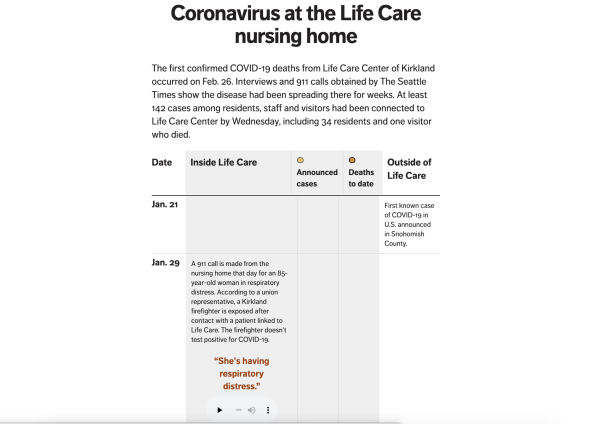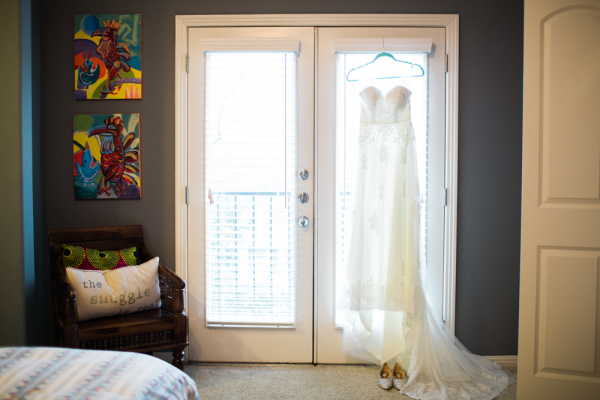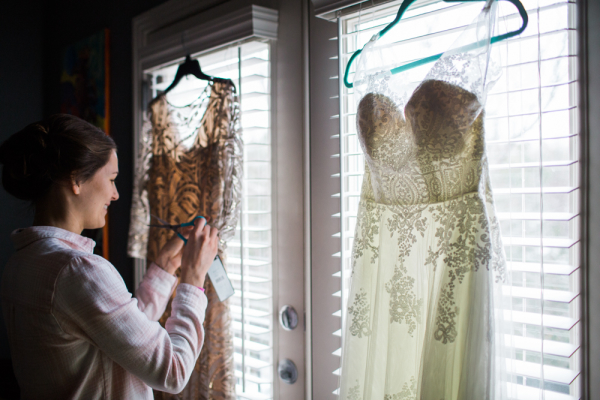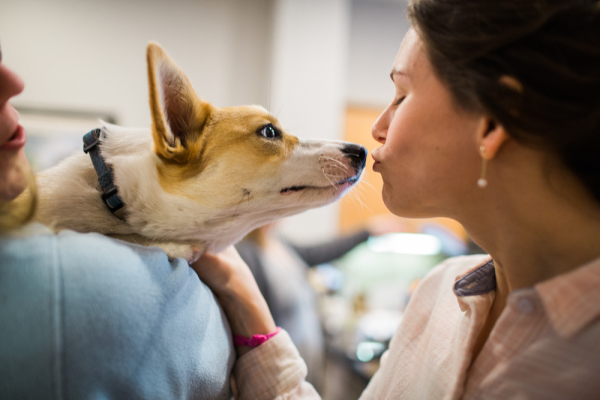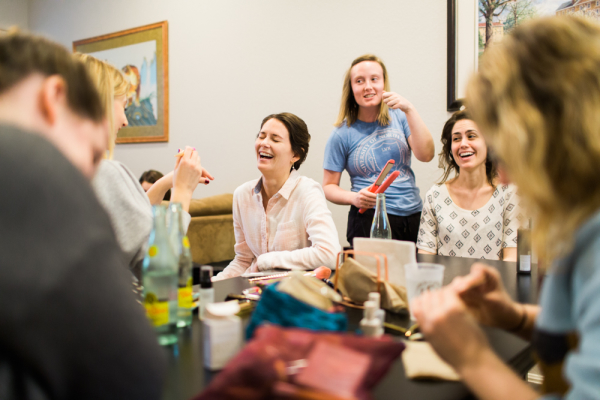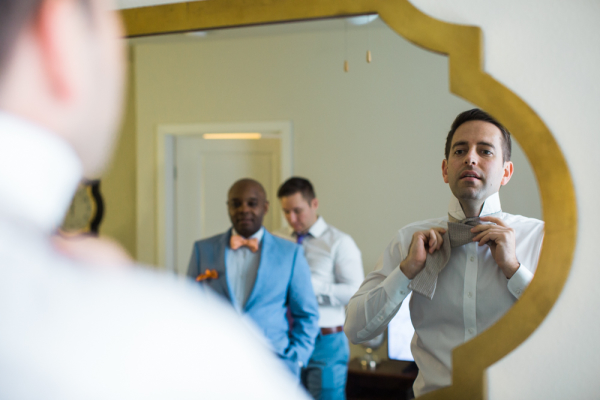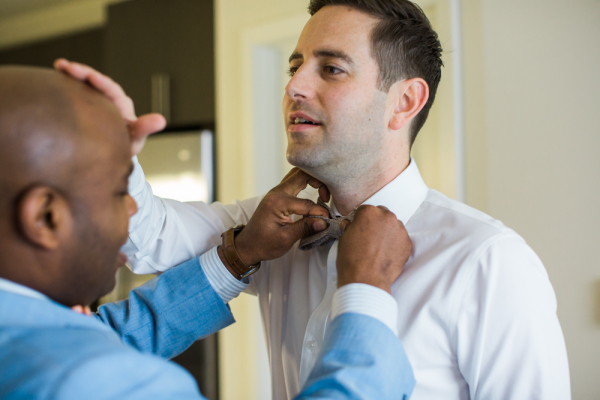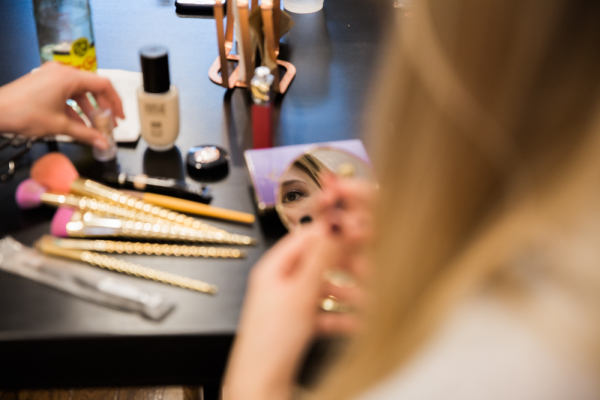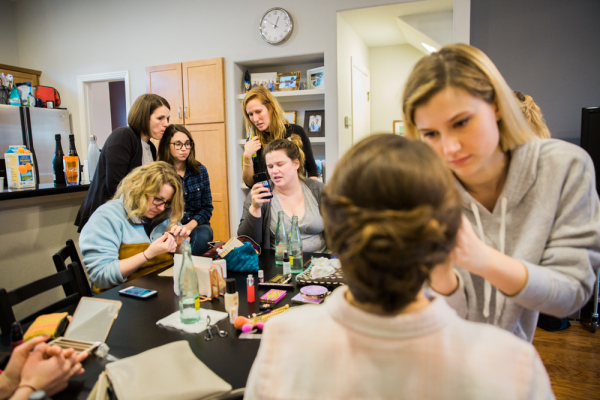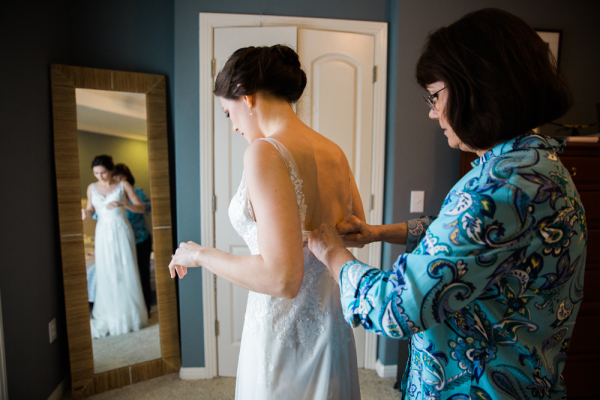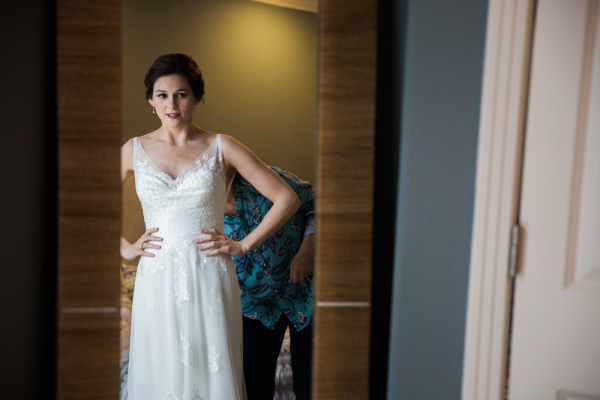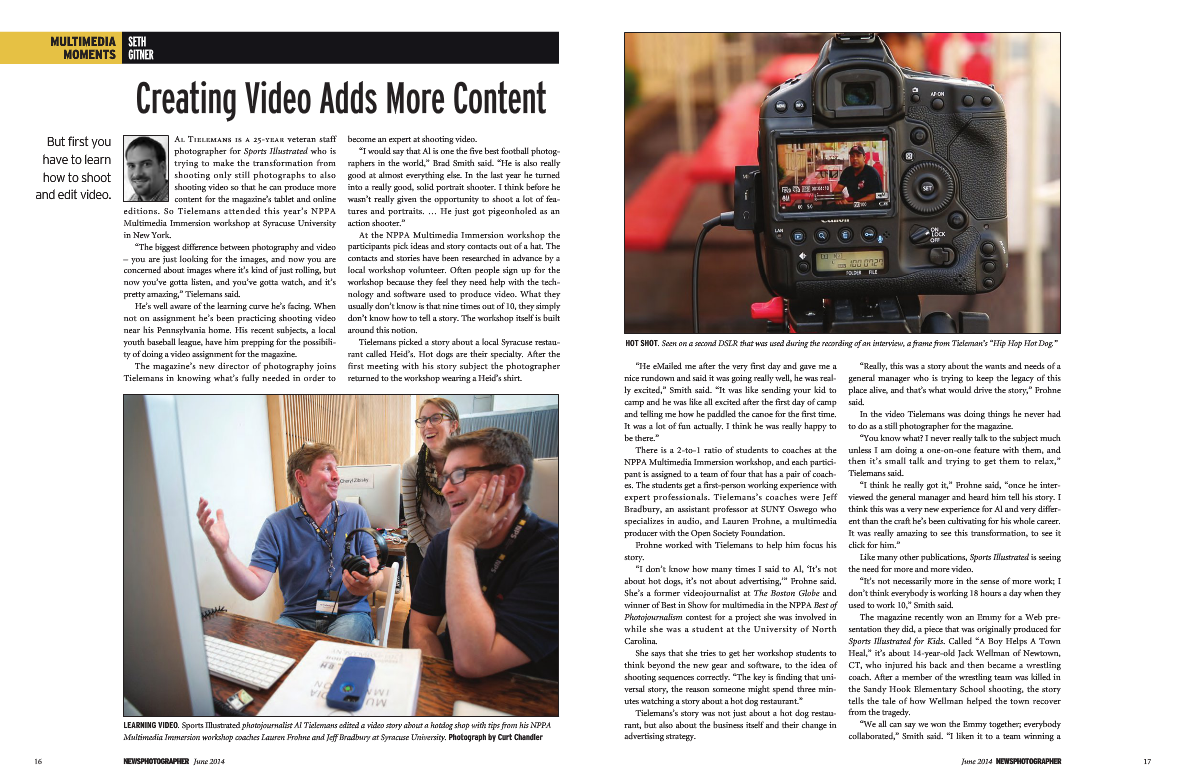“Bringing Justice to Health” is a series of four films for the Open Society Foundations addressing the need for legal access and empowerment in the health sector. Increased access to legal aid can often lead to better health outcomes for patients, especially those in vulnerable communities. This series looks at four aspects: Palliative Care in Kenya, HIV and AIDS in Uganda, Roma in Macedonia, and Drug users in Russia. Each story was shot by a Panos Pictures photographer and edited by independent producer Andrew Hida.
My role:
Producer, director: Finding and pre-interviewing characters, writing story treatments, planning itineraries and travel, writing interview questions, giving direction during filming, working closely with editor to iterate and finalize stories.
Mercy Owiti is a palliative care nurse in Nyeri, Kenya. But caring for patients at the end of life often means more than just pain relief. That’s why the Kenya Hospices and Palliative Care Association began training health care providers, like Mercy, to become paralegals.
FULL CREDITS:
Camera and sound: Sven Torfinn/Panos Pictures
Editing: Andrew Hida
Produced by Lauren Frohne and Sebastian Krueger
William Mulindwa is a teacher by profession. He is living with HIV. He also works as a paralegal for UGANET, a grantee of the Open Society Foundations that has trained more than 100 paralegals on basic principles of law enforcement, case assessment, conflict resolution, mediation, and negotiation. Paralegals like Mulindwa are informing people living with HIV about their rights, empowering people to engage in community activism and performing simple legal acts like preparing a will. They are essential to improving outcomes for people living with HIV and AIDS.
FULL CREDITS:
Camera and sound: Sven Torfinn/Panos Pictures
Editing: Andrew Hida
Produced by Lauren Frohne and Sebastian Krueger
Romina is a paralegal providing her community in Macedonia with legal advice to help access better health care. Today Roma are the largest—around 12 million people—and most disadvantaged ethnic minority in Europe. In 2003, a United Nations report provided, for the first time, robust statistical evidence on the extent of the challenges faced by Roma, including illiteracy, infant mortality, unemployment and segregation in education. Hunger and malnutrition, squalid housing without plumbing or sanitation, substandard health care, and other factors mean Roma have the shortest life expectancy in Europe. Paralegals like Romina are helping to improve the conditions and health of their communities.
FULL CREDITS:
Photography: Björn Steinz/Panos Pictures
Sound recording: Dragan Milojevic
Video editing: Andrew Hida
Produced by Lauren Frohne and Sebastian Krueger
Russia is home to the world’s fastest-growing HIV epidemic. Driven by injection drug use, it is now becoming generalized. A zero-tolerance policy toward drug use in the country bans harm reduction tools and treatment. For many drug users, the only choice is to quit drugs entirely or go to prison. Outreach workers like Max supply clean needles and health information. Now, with the help of an online network, Max, a former intravenous drug user, also provides legal advice to help people access treatment and overcome abuses in the justice system.
FULL CREDITS:
Camera and sound: Piotr Malecki/Panos Pictures
Additional camera: Guy Martin/Panos Pictures
Editing: Andrew Hida
Produced by Lauren Frohne and Sebastian Krueger
